- You are here:
- Home »
- Blog »
- Frequently Asked Questions »
- What is a Hygrometer and How Does it Work?
What is a Hygrometer and How Does it Work?
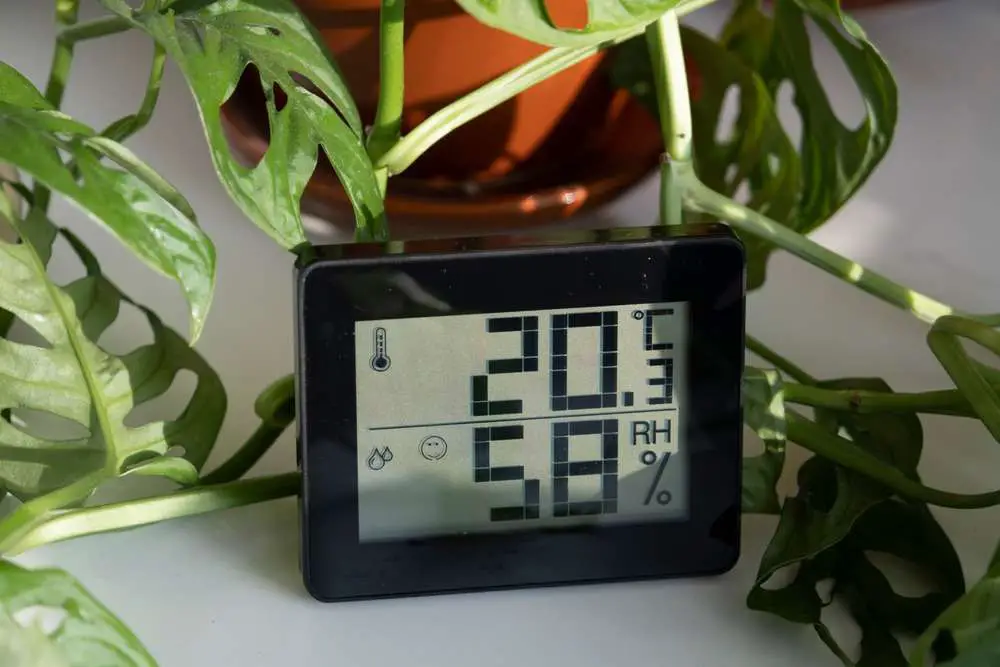
Many people have never heard of a hygrometer or what it does. The device can prove to be useful once you know what it does. So, what is a hygrometer?
A hygrometer is a device that shows current levels of humidity. Humidity is the measure of moisture in the air. When it rises above 60%, it can be a problem for your home and health. The extra moisture in the air promotes pollutants leading to dust mites, mold, and mildew. All of which trigger breathing problems, allergies, and asthma. Mold may also result in structural damage to your home. Thus, a hygrometer lets you know when to take measures to prevent mold growth.
We look at the different types of hygrometers, how they work, and their importance in everyday life.
Table of contents
How does a hygrometer work?
Hygrometers are both complex and simple at the same time. There are 4 different types commonly found in the market. All of them provide you with the current humidity levels. Making them useful in homes, farms, and so on.
Let’s now look at the four types and how they work.
1. Mechanical hygrometer
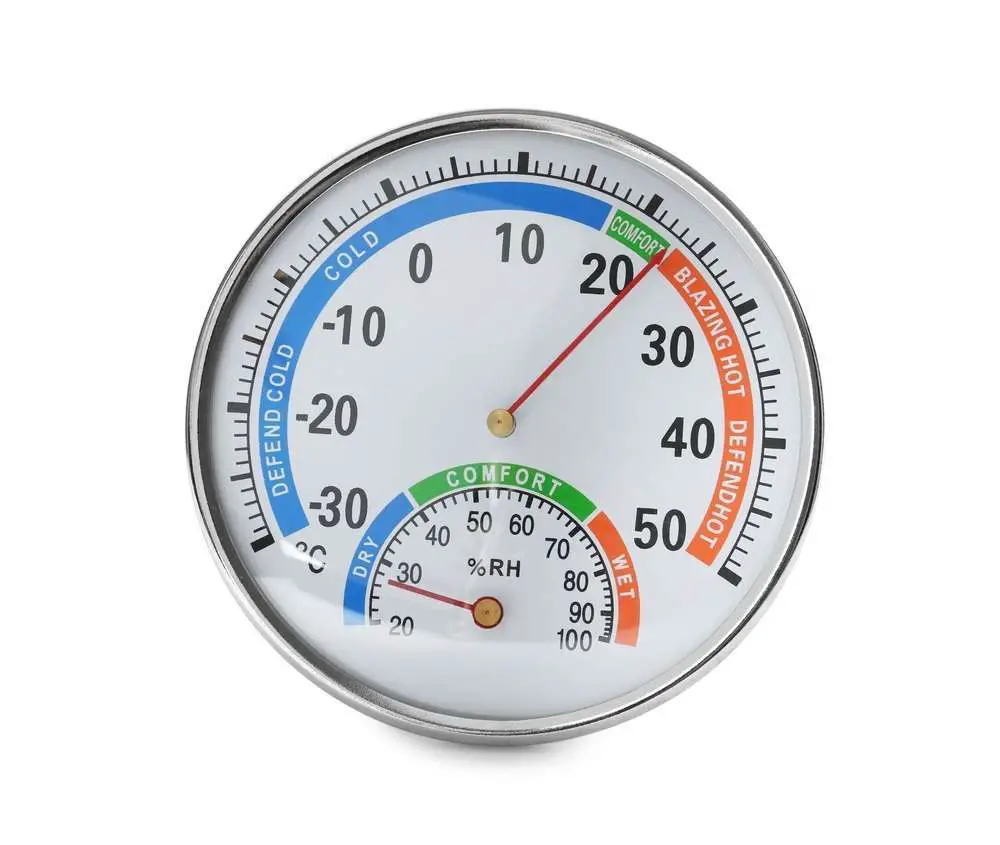
The mechanical hygrometer is an analog device. It uses hair and spring to calculate humidity. The hair expands and contracts when moisture increases or decreases. It is attached to a spring which is connected to a dial. When the hair expands or contracts, the dial prompts the dial to move. Providing users with the current levels of moisture in the air.
The device has been around for centuries, providing accurate readings. But, users must calibrate it from time to time for accuracy.
2. Electric hygrometer
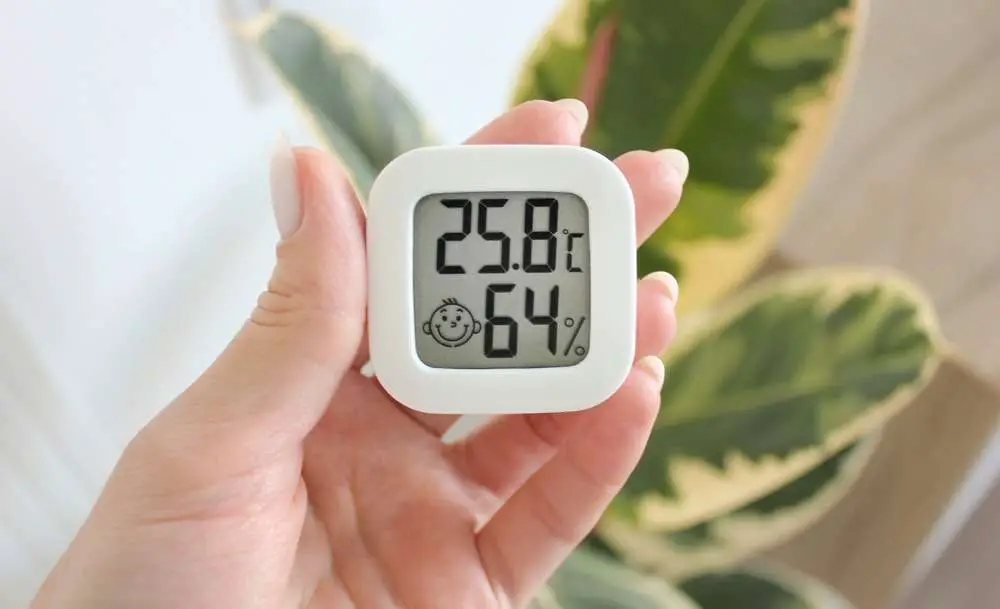
An electric hygrometer uses a semiconductor to determine humidity. The device has sensors that absorb water when it comes into contact with the air. As water is absorbed, electric resistance is created. The resistance allows the device to calculate the level of moisture in the air.
3. Dew-point hygrometer
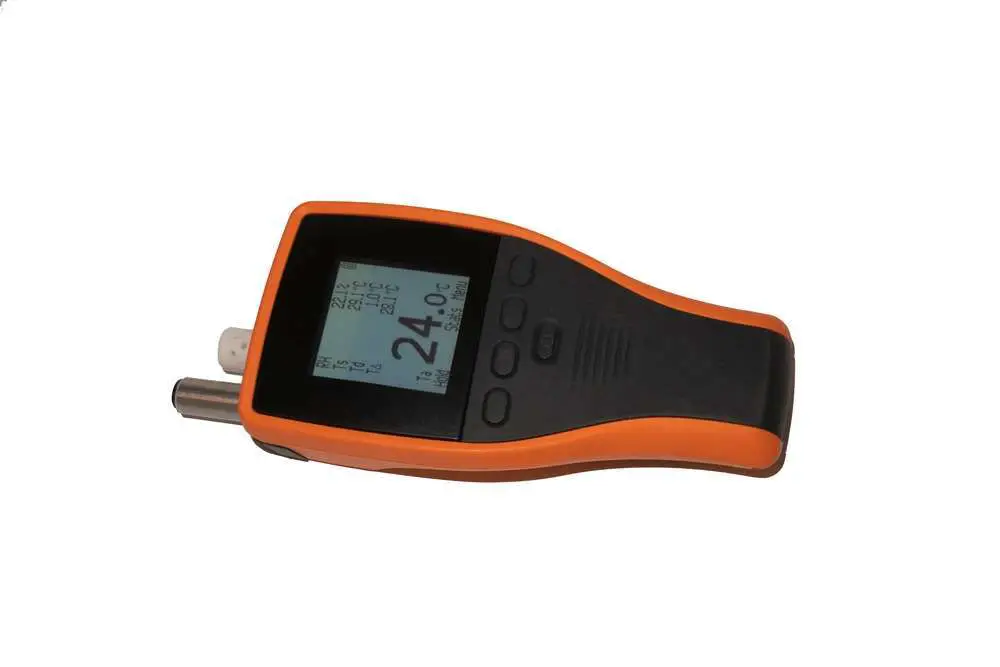
A dew-point hygrometer uses a metal mirror to determine the level of moisture in the air. The device applies fixed pressure to the mirror, which keeps it cool. Once water vapor starts to settle on the mirror, it condenses due to the cold mirror. The temperature at which the vapors turn into liquid is measured by the device to determine the level of moisture in the air.
4. Psychrometer
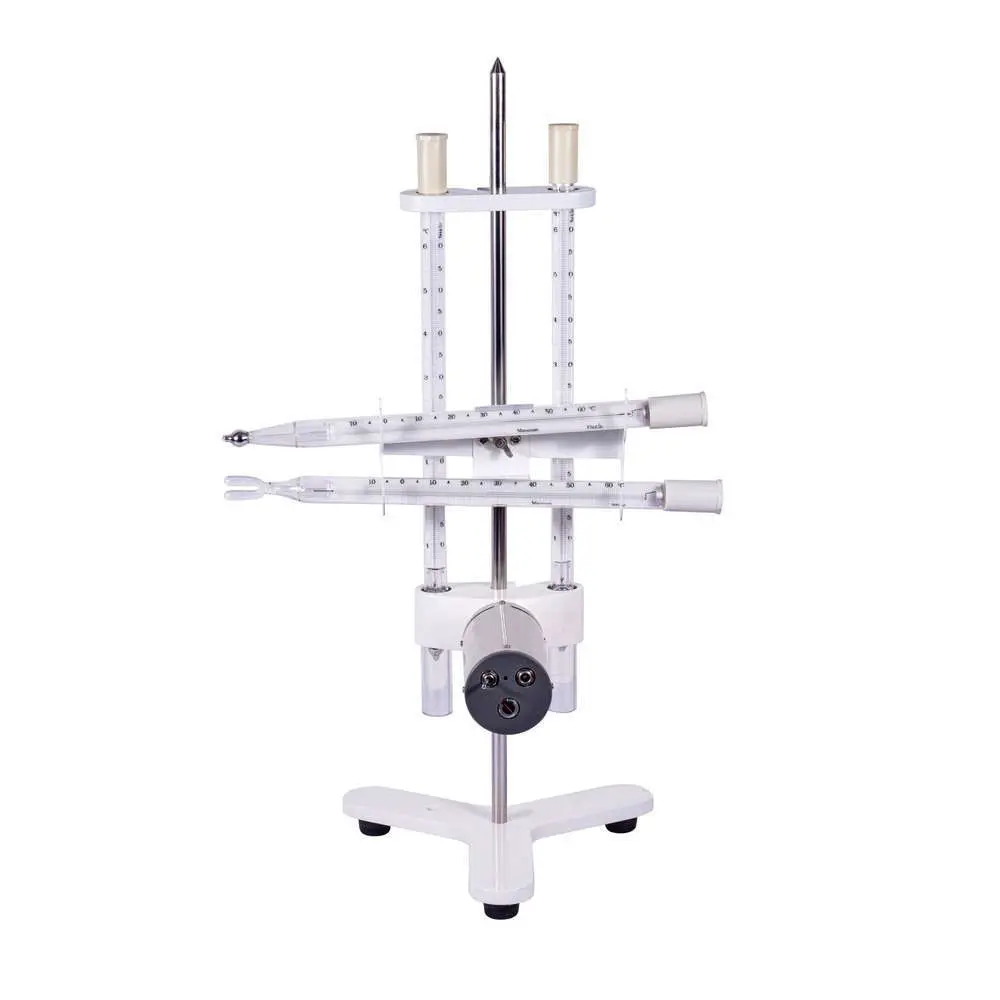
The psychrometer consists of two thermometers, one with a dry bulb and the other with a wet bulb. It uses the process of evaporation to determine the moisture level in the air. The wet bulb features a wet cloth, attached to the bottom of the bulb. As air comes into contact with the psychrometer, the temperature in the two-bulb changes. You determine the humidity by calculating the difference between the temperature displayed on the bulbs.
Why do you need a hygrometer?
There are many uses for a hygrometer.
The most common reasons are:
- Determining the level of moisture in the air.
- Checking the temperature of the air.
You commonly find hygrometers used in saunas, museums, and the storage of wooden instruments. It helps keep a check on moisture levels, so you can keep valuable items safe.
Many homeowners with dehumidifiers have started to rely on the device in their homes. It notifies them when humidity rises, and it is time to turn on the dehumidifier.
Can a hygrometer help prevent black mold?
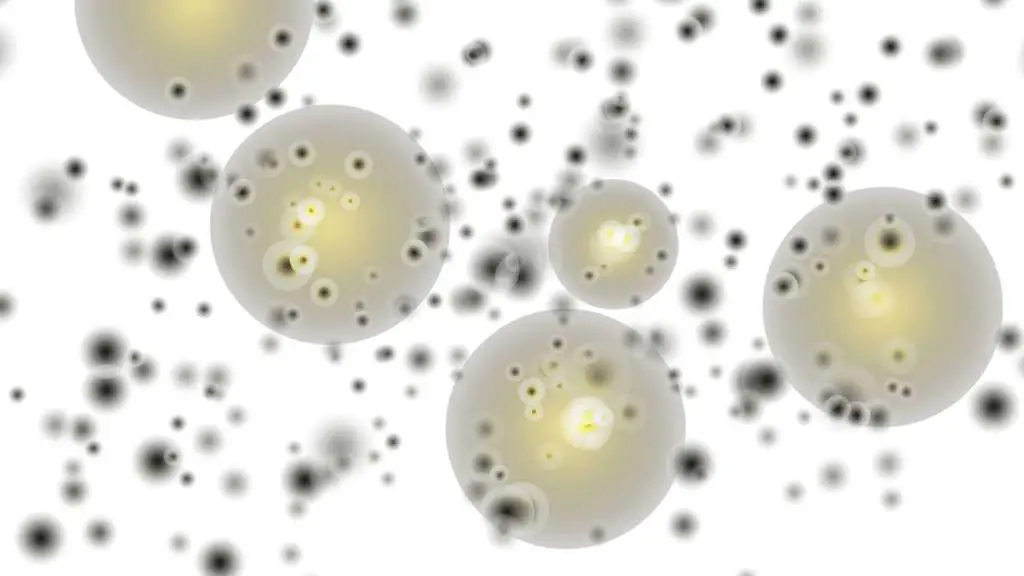
A hygrometer itself does not prevent black mold in a home. But, you can use it in your home to provide humidity readings. So, you know when humidity rises above 60%, which provides enough moisture in the air for mold growth.
Once it hits that level, you can take measures to counter the rise in humidity, such as:
- Use a dehumidifier to regulate the excess water vapors in the air.
- Turn on exhaust fans to get rid of humid air from your home.
- Open the windows for air circulation, but only when you aren’t using the dehumidifier.
A hygrometer is an essential tool in areas where humidity is generally high. It helps homeowners keep a check on humidity, taking measures the moment it rises within their homes.
Final thoughts
A hygrometer is a useful tool for homeowners. If mold or mildew is a problem in your home, a hygrometer can help. It constantly lets you keep tabs on the humidity level. So, you know when it is on the rise in your home. It may not prevent mold, but can when paired with a dehumidifier.
The device also can tell you if your dehumidifier functions well. You can use it to give humidity readings in a room with a running dehumidifier, to see if it brings it down.
About the Author Belal
Belal Rizvi enjoys writing about home improvement and do-it-yourself projects. He is an avid learner of the mold removal and dehumidifiers industry and provides insightful information about it to the readers.
